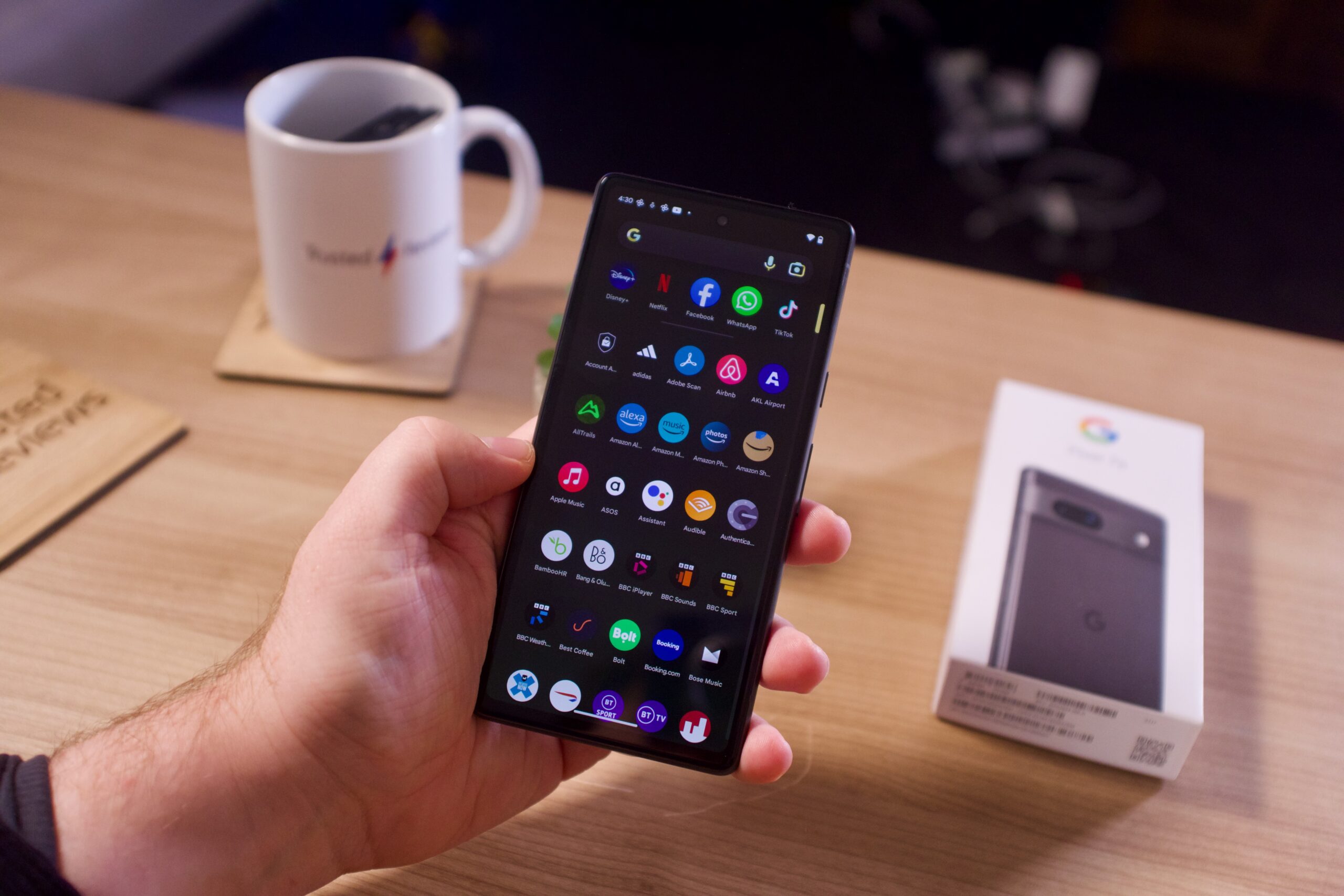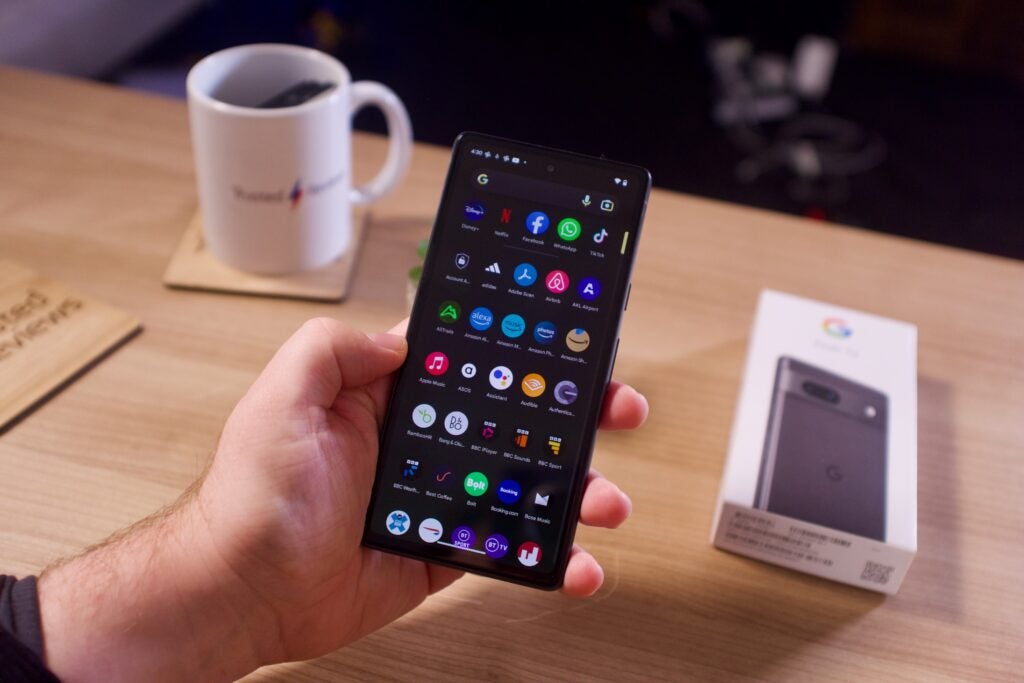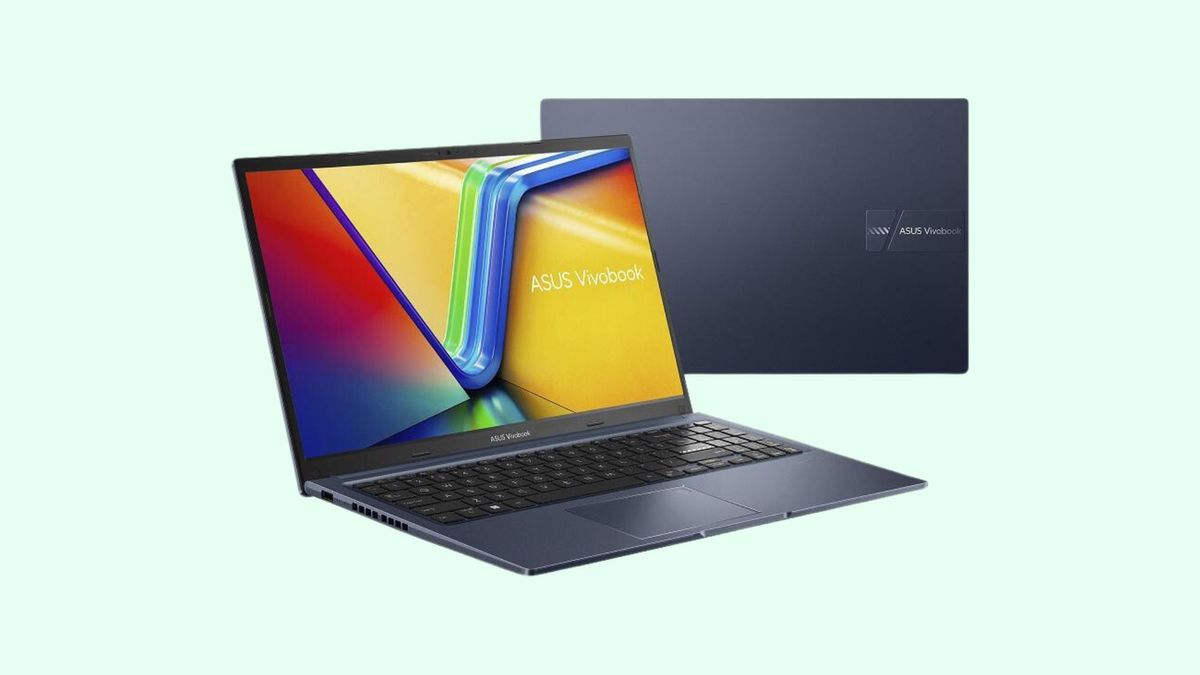

If you’re in the market for a new smartphone or Bluetooth speaker, you may have come across the term IP67 in the specs list.
Keep reading to learn all about IP ratings, what IP67 means and how it compares to IP68.
What is IP67?
IP67 is an Ingress Protection (IP) rating often found on phones, speakers and headphones. Listing the IP rating helps people to understand exactly how dust- and water-resistant a device is before they purchase it.
To understand what IP67 means, we first need to look at the IP rating scale and how it works.
IP ratings consist of two numbers. The first number pertains to how well that device can withstand solid foreign objects, such as dust, while the second digit describes to what extent the device is protected against liquids, i.e. water.
The scale for solids ranges from 0 (no protection) to 6 (dust-tight), whereas the scale for liquids starts at 0 (no protection) and extends all the way up to 9 (protected against high pressure and temperature water jets). There are also devices that are not tested against one or the other category – these IP ratings are represented by an ‘X’.
You can see the full IP rating scale in the image below (via the IEC):
Image: IEC
In the case of IP67, the device in question has a solids protection rating of 6, meaning that it is completely dust-tight. This is the highest score possible. The device also has a water protection rating of 7, meaning it is protected against the effects of temporary immersion in water. More specifically, the device can be immersed in water with a depth of up to 1m for up to 30 minutes.
What devices are rated IP67?
Many devices carry a rating of IP67. This includes mid-range phones like the Samsung Galaxy A55, Galaxy A35 and Google Pixel 7a, as well as many of our best Bluetooth speakers, including the B&O Beosound A1 2nd Gen, JBL Charge 5 and Ultimate Ears Wonderboom 3.
It’s worth noting that most flagship smartphones these days – including the iPhone 15 Pro Max, Samsung Galaxy S24 Ultra and Google Pixel 8 Pro – are protected up to IP68. This means that these phones will be better equipped to handle immersion in water than devices marked IP67.






